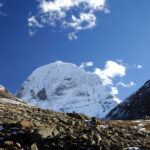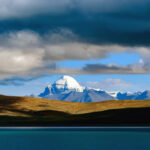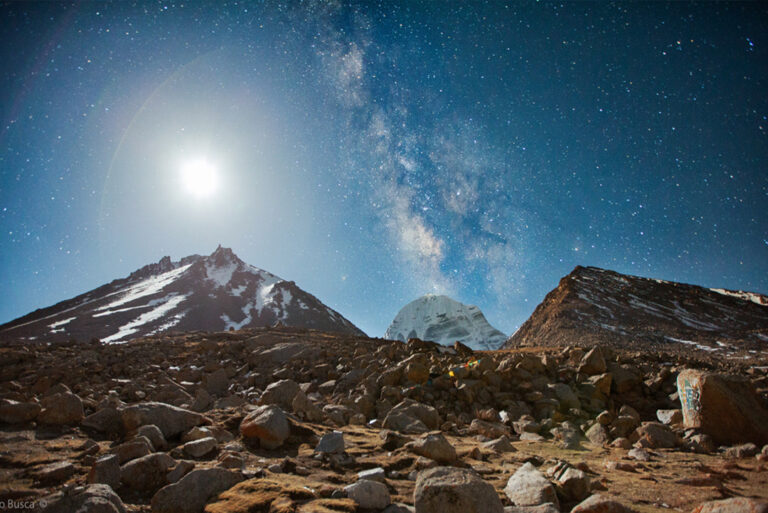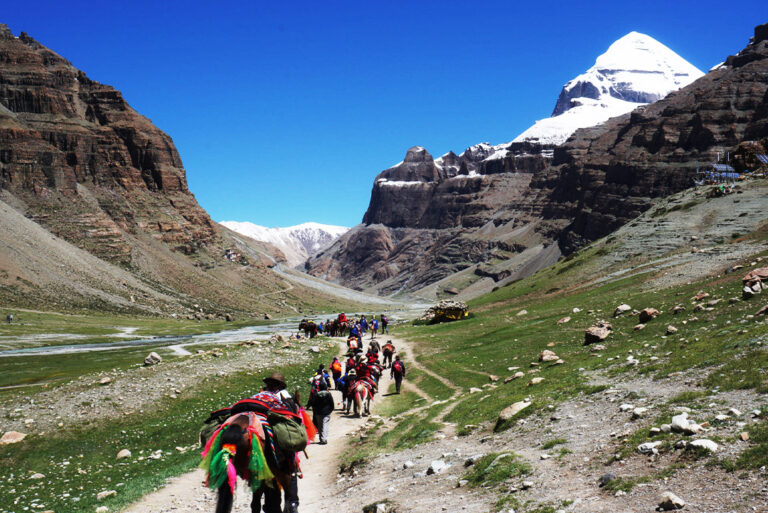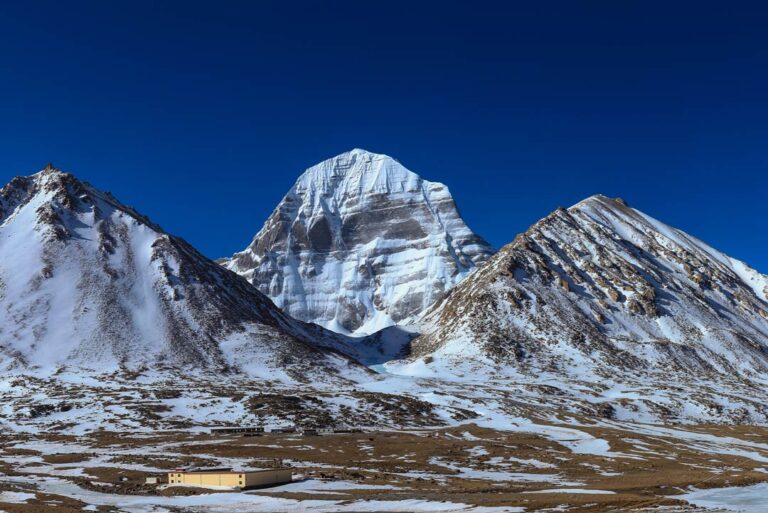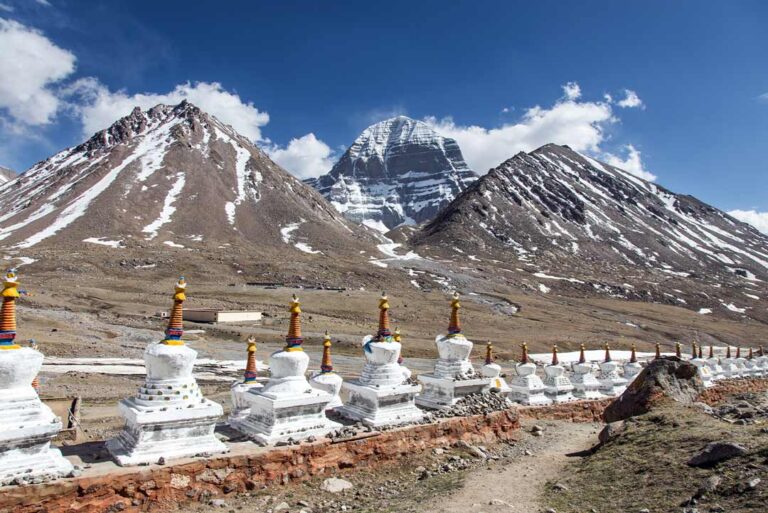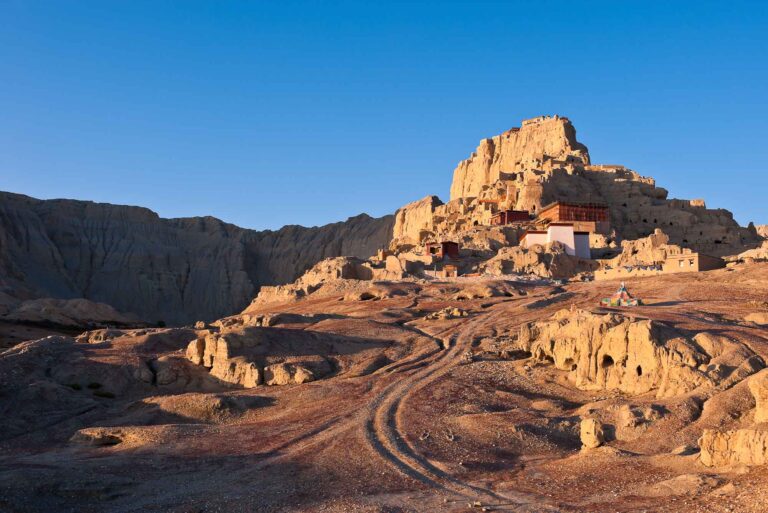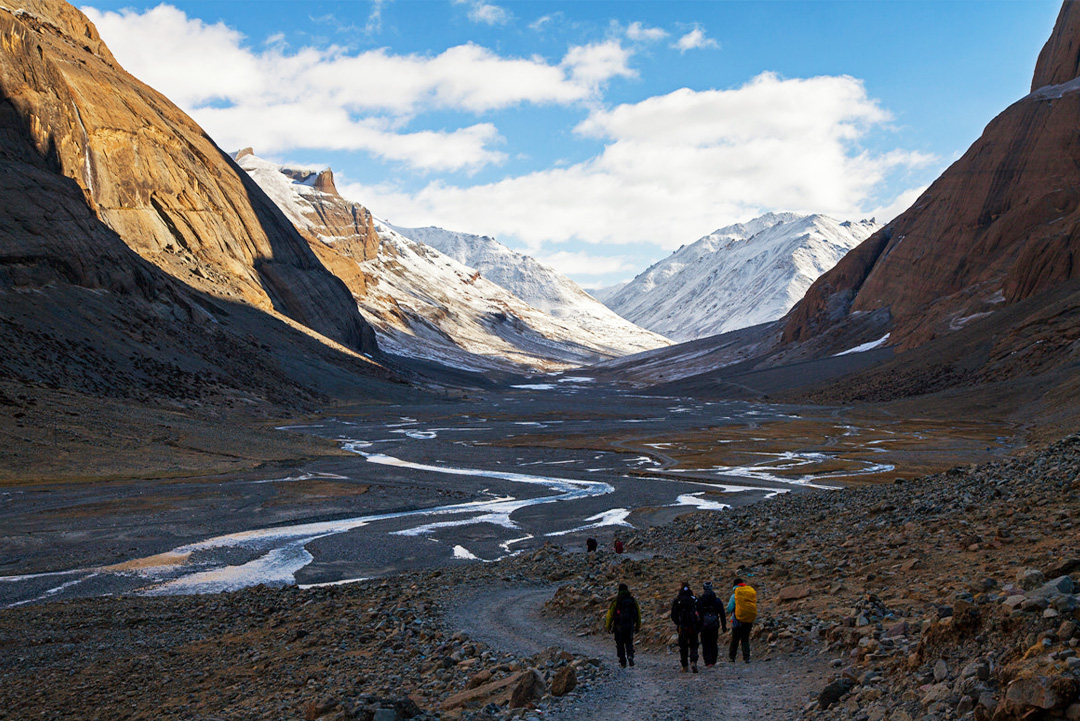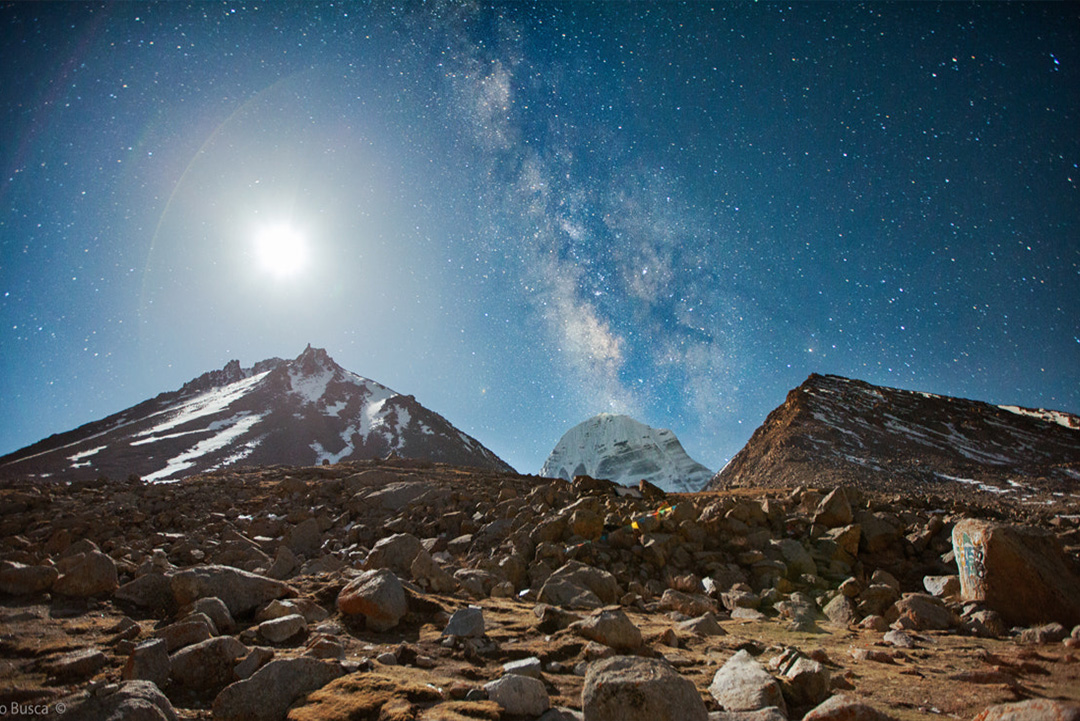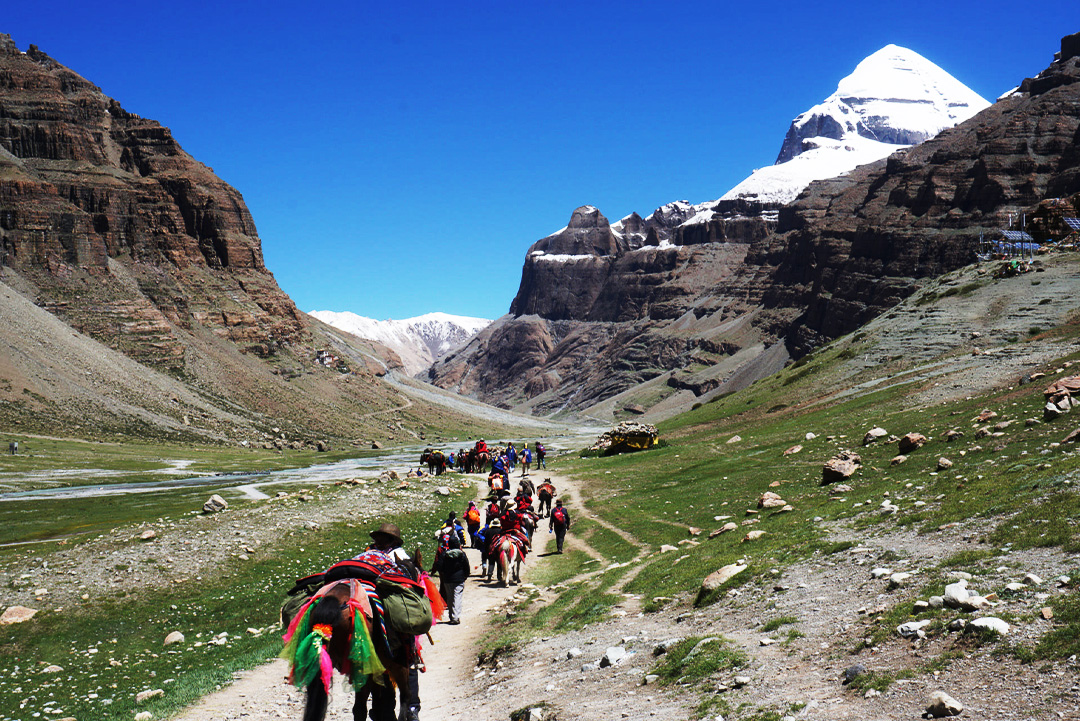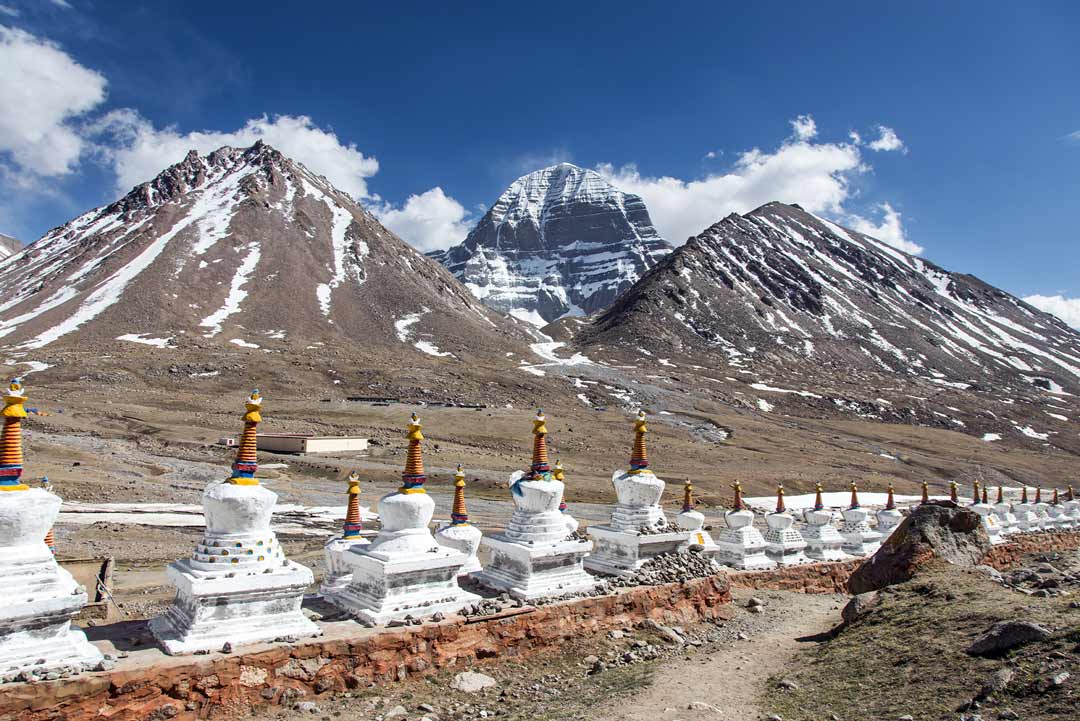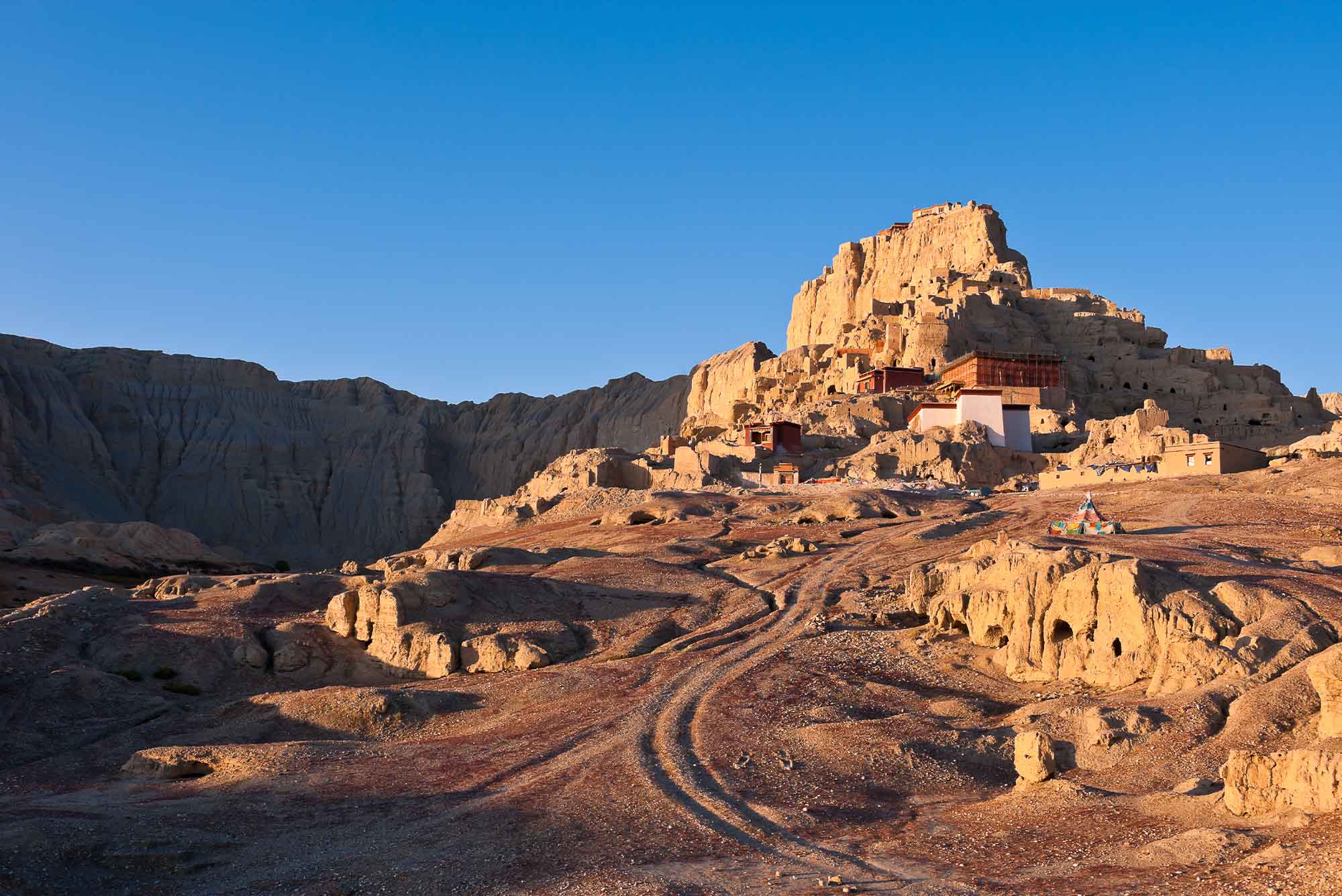A Complete Guide to Planning Kailash Mansarovar Yatra in 2023
A Complete Guide to Planning Kailash Mansarovar Yatra: Kailash Mansarovar Yatra holds immense significance for Hindu, Buddhist, and Jain devotees. This pilgrimage to Mount Kailash is a divine experience, allowing visitors to witness the extraordinary form of Lord Shiva in a unique black granite contour, along with the sacred Shivalingam. Considered the holiest mountain on Earth, Mount Kailash attracts pilgrims, yogis, and devotees from around the globe. Embarking on the Kailash Mansarovar Yatra is an ultimate spiritual journey that enlightens the mind and provides a deeper understanding of life. Let’s explore the key aspects of planning this lifetime adventure and holy pilgrimage.
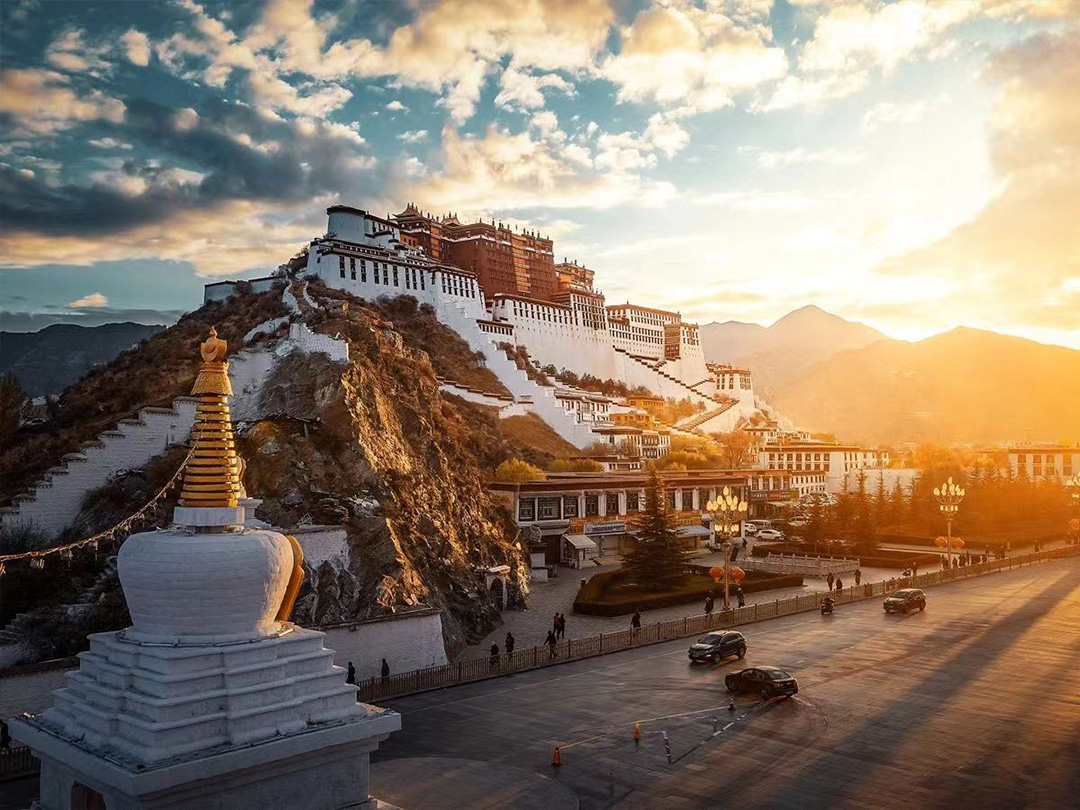
The Significance of Mount Kailash
Mount Kailash is revered by four major religions, making it a place of profound importance. In Hinduism, the mountain is regarded as the abode of Lord Shiva, the supreme deity. Buddhists believe that Mount Kailash is home to Demchong, the greatest tantric meditation god, representing supreme bliss. Even before the advent of Buddhism in Tibet, the Bon religion recognized Mount Kailash as a sacred site. According to Bon mythology, the founder of the Bon religion, Shenrab, descended from heaven at Mount Kailash. The Bon followers believe that the mountain is a nine-story swastika, radiating spiritual power and serving as the source of the four life-giving rivers: Indus, Brahmaputra, Sutlej, and Karnali.
The Significance of Mount Kailash
Mount Kailash is revered by four major religions, making it a place of profound importance. In Hinduism, the mountain is regarded as the abode of Lord Shiva, the supreme deity. Buddhists believe that Mount Kailash is home to Demchong, the greatest tantric meditation god, representing supreme bliss. Even before the advent of Buddhism in Tibet, the Bon religion recognized Mount Kailash as a sacred site. According to Bon mythology, the founder of the Bon religion, Shenrab, descended from heaven at Mount Kailash. The Bon followers believe that the mountain is a nine-story swastika, radiating spiritual power and serving as the source of the four life-giving rivers: Indus, Brahmaputra, Sutlej, and Karnali.
Highlights of Mansarovar Yatra
1. Mythological Significance: Mount Kailash holds deep religious importance for Hindus, Buddhists, Jains, and Bon followers. It is believed to be the place where Lord Shiva meditates with his consort Parvati. Jains consider Kailash as the site of the first Tirthankara’s attainment of Nirvana. In Buddhism, Kailash is associated with the Buddha and represents supreme bliss. The Bon religion sees the entire region as a source of spiritual power.
2. Visit to Lake Mansarovar: Located at the foot of Mount Kailash, Lake Mansarovar is the highest freshwater lake in the world and holds great sacred significance. The lake is known for its color-changing properties, ranging from clear blue near the shores to emerald green in the center. Bathed in the moonlight, with the reflection of Mount Kailash on its surface, the lake emanates a surreal beauty.
3. Exploring the Mystic Temples: Mount Kailash is surrounded by five monasteries, each with its own legendary stories, intricate sculptures, statues, murals, and Tibetan cultural artifacts. These monasteries provide a divine and sacred experience to visitors.
4. The Sacred Walk of Kailash: The Kailash Kora, a 52km clockwise pilgrimage trail, is a sacred walk around Mount Kailash. The outer kora, also known as the Gauri Kund Kailash Tour, includes a three-day hike from Darchen to Darchen via Derapuk Monastery and Zutulpuk Monastery, crossing the highest ascent of Kailash Yatra at Dolmala Pass (5630m).
5. The Inner Kora – Nandi Parikrama: The inner kora is a challenging sacred walk that leads to the highest point and offers a close view of Mount Kailash. Starting from Darchen, the inner kora takes you through Sealong Monastery to Saptarishi Cave (also known as Guru Rimpoche Cave in Buddhism). After circumambulating Nandi Mountain over a 5800-meter pass, the journey concludes at Darchen via Gyandrak Monastery.
6. Rakshas Tal – The Poison Lake dedicated to Ravana: Rakshas Tal, known as Lang-Tso in the Tibetan language, lies on the western side of Lake Mansarovar. According to mythology, this lake was created by the demon king Ravana, who meditated near Mount Kailash to gain supernatural powers. The lake, resembling a sleeping human body, has salty water and is believed to be devoid of any living beings. Hindus perform spiritual rituals and pujas near Rakshas Tal to cleanse negative energy.
The Difficulty of Kailash Mansarovar Yatra
Kailash Mansarovar Yatra is a challenging journey, but it is not as daunting as it may seem. The average altitude of the trip is around 5,000m, making it physically demanding at times. However, with strong perseverance, a positive mindset, and proper planning, you can successfully complete the yatra and create lifelong memories.
Best Time for Kailash Mansarovar Yatra
The ideal time for Kailash Mansarovar Yatra is from May to October. During this period, the weather is relatively comfortable, with temperatures ranging from 0 to 33 degrees Celsius. However, nights can be extremely cold, with temperatures dropping below freezing. The months of May, June, September, and mid-October offer high visibility, stunning views, deep blue skies, and refreshing air.
Most Auspicious Time to Visit Kailash
For those seeking a spiritually significant journey, the most auspicious time to visit Mount Kailash is during the Saga Dawa Festival, which usually takes place in May or June. Local Tibetans believe that circumambulating Mount Kailash during the Year of the Horse brings thirteen times more blessings than usual and increases the likelihood of wishes coming true. The Saga Dawa Festival also commemorates the birthday of Lord Buddha Sakyamuni and attracts Tibetans from all over the region. While this period may be slightly crowded, it offers a unique cultural experience.
What to Pack for Kailash Yatra
Packing appropriately for the Kailash Yatra is crucial due to the challenging terrain and weather conditions. It is advisable not to exceed 15 kg in luggage. Given the unpredictable weather and varying terrain, it is recommended to carry multiple layers of clothing suitable for different conditions. Windproof clothes such as windproof fleece and a beanie are essential to combat the strong winds. Additionally, down jackets, thermal trousers, trekking poles, sun protection, high-calorie snacks, necessary medications, and a basic first aid kit are important items to pack.
Travel Permit and Visa Requirements for Kailash Tour
To embark on the magical journey to Kailash Mansarovar, foreign travelers and yatris must obtain a valid China Visa and Tibet Travel Permit. These permits can be arranged through authorized travel companies. Additionally, other regional travel permits and entry tickets are required for the sacred walk Kora around Mount Kailash. The group visa and travel permit obtained are valid for the duration of the Kailash Yatra.
Travel Map to Kailash Mansarovar
To navigate your way to Kailash Mansarovar, refer to the Kailash Yatra Travel Map available on our website. It provides a comprehensive overview of the route and highlights important landmarks along the journey.
Suggested Mansarovar Yatra Packages
We are delighted to offer a selection of the best Kailash tour packages from Kathmandu. Choose from the following options:
Kailash Yatra by Road from Kathmandu via Kerung – 13 Days
Kailash Charan Sparsh Yatra – 15 Days
Kailash Tour by Helicopter via Simikot-Hilsa – 11 Days
Kailash Mansarovar Tour via Lhasa Flight – 16 Days
These packages cater to different preferences and ensure a memorable and fulfilling experience during your Kailash Mansarovar Yatra.
Hiring Horses for Kailash Kora
If you prefer to hire a horse and horseman for the sacred walk or Kora around Kailash, our experienced guides in Darchen can assist you. Please note that the cost of hiring a horse is non-refundable and cannot be transferred to others. Due to the remote area and seasonal work, hiring a horse for the Kailash Kora can be relatively expensive, with costs ranging up to 500 US dollars for a 2.5-day journey.
Staying at Mud Huts during Kailash Kora
During the Kailash Kora, you will spend nights in mud huts located above 5,000 meters. These mud huts offer minimal facilities, providing basic beds with warm blankets. However, there are no bathrooms inside the rooms. The outside toilets are simple holes in the ground. Despite the rustic conditions, these accommodations offer a wilderness experience and an opportunity to connect with the sacred surroundings.
Passport Requirement for Kailash Mansarovar Yatra
A valid passport is mandatory for the Kailash Mansarovar Yatra. Ensure that your passport is up to date and has sufficient validity for travel purposes.
Bathing in Mansarovar Lake
Currently, direct bathing in Mansarovar Lake is not allowed. However, you can collect holy water from the lake using a bucket and perform bathing rituals along the lakeside. This practice has been in effect since 2017.
Touching Mount Kailash
Touching Mount Kailash is a challenging endeavor during the yatra. However, physically fit individuals can reach the feet of Mount Kailash from the north side, known as Charan Sparsh. This requires an additional day of trekking from Derapuk Monastery. Touching the south side of the mountain is also possible from Saptarishi Cave.
Does Lord Shiva Live in Mount Kailash?
According to the Hindu scriptures Mahabharat and Ramayana, Mount Kailash symbolizes Nirvana and serves as the abode of Lord Shiva and Goddess Parvati. The formation of Mount Kailash is considered part of the Himalayan range, also known as Kailash Parbat.
Is Kailash the Center of the Earth?
In Hindu mythology and according to some scientists from Russia and America, Mount Kailash is believed to be an axis point, representing a cosmic Mandala and the center of the Earth. It is seen as a harmonious place of human existence and the origin of the four great rivers.
Kailash Tour Package Cost for 2023
The cost of Kailash Tour packages varies depending on the agency, services offered, and nationality. Different permit costs apply to travelers from different countries. Generally, the cost ranges from 2500 to 2600 US dollars for road trips from Kathmandu, and 3400 to 3700 US dollars for helicopter tours via Simikot or Lhasa flight and drive from Kathmandu. Indian passport holders are charged in INR as per the prevailing exchange rate. Detailed information and the booking form can be downloaded from our website.
Conclusion
Kailash Mansarovar Yatra is not only a pilgrimage for devotees but also a journey of inspiration and spiritual exploration. It offers a glimpse into mystical sacred places, breathtaking views of the holy mountain, and a profound understanding of life. Join the devout pilgrims on this transformative path and create memories that will last a lifetime.
Plan your Kailash Mansarovar Yatra in 2023 and embark on a remarkable adventure like no other.

